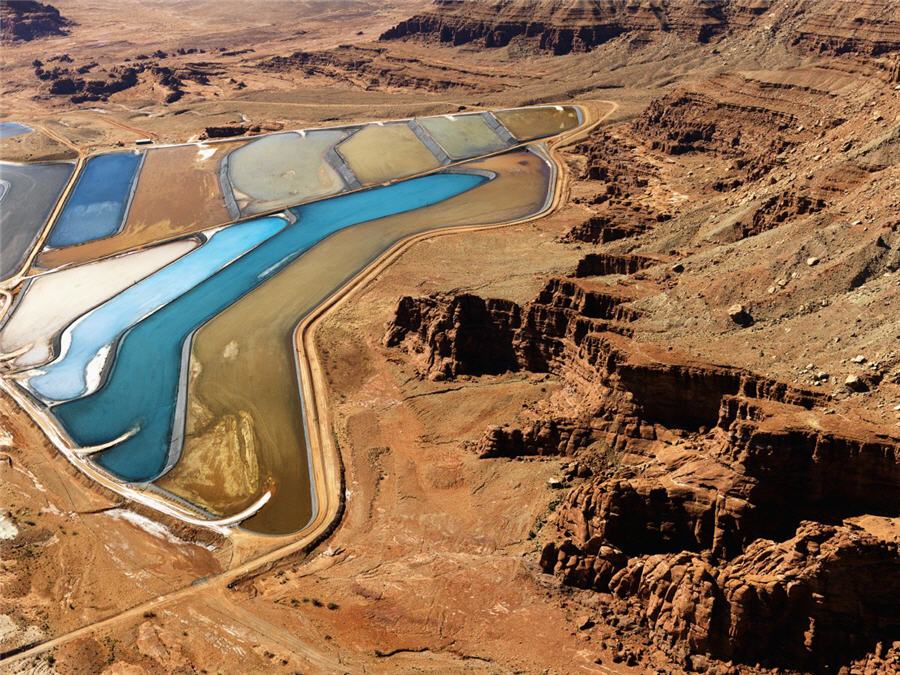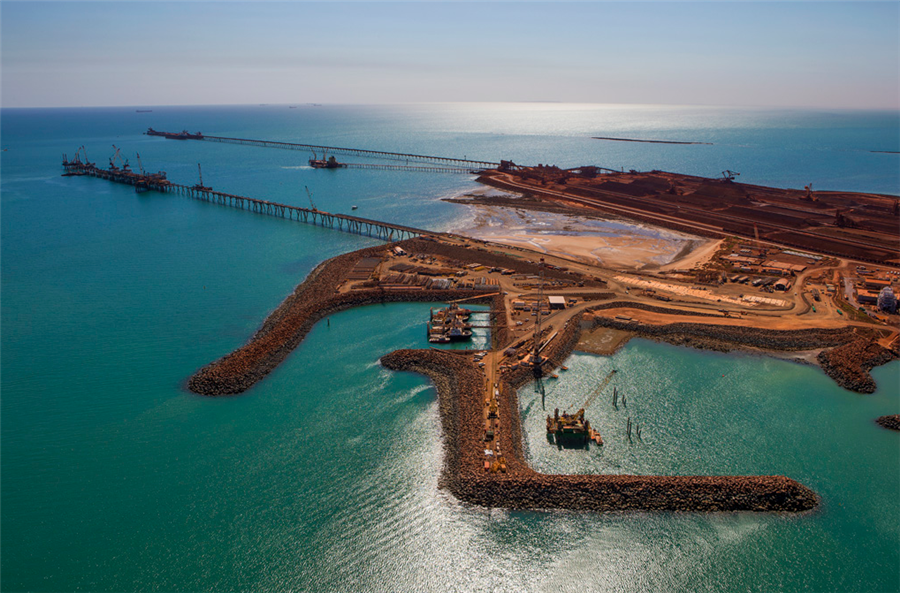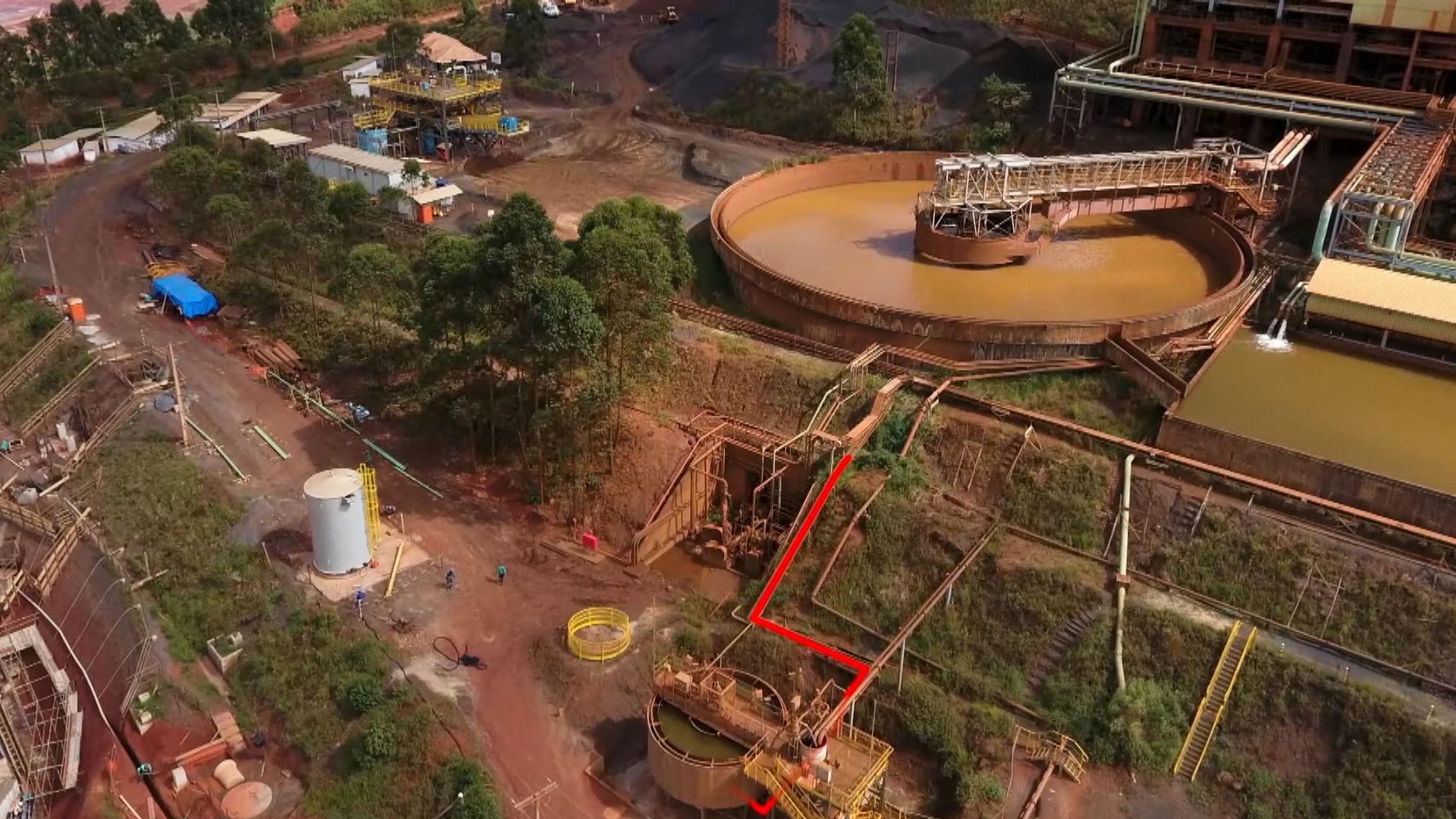Sustainable and socially responsible mining needs radical transformation

A growing global population and an accelerating economy is leading to the rising demand for metals and minerals. Although our future is largely dependent on mining, the extraction of minerals from earth surface is linked to larger social and environmental impact and risk for sustainability.
Tackling waste tailings
With recent failures in tailings dams, mining companies have attracted lot of international spotlight and higher levels of activism than ever before. Several lives have been lost in the past decade as tailing dams have collapsed, destroying villages and contaminating natural water bodies, resulting in huge liabilities and loss of shareholder value.
Though mining industry is taking positive steps to become more responsible towards local community welfare with optimum utilization of natural resources, many significant challenges remain.
Each mine is driven by either laws and regulations or out of their own volunteering obligations for sustainability and is continuously looking for ways to conserve resources, reduce their environmental footprint and manage safety.
Mining involves processing of mined ore to separate valuable minerals leaving behind huge volume of waste tailings. Therefore, water conservation and cost of tailings and reclamation are also becoming increasingly significant for sustainable and economically viable mining for long-term survival.
Rethinking sustainable mining
Clearly, the mine operators need a viable and long-term solution to manage risk prone practices with a positive value creation model. The future of mining depends on sustainable mining practices that contribute to equitable development of community and ecosystem while enabling modern life for human being.
Leading the dialogue on dry tailings and addressing decommissioning of legacy dams will encompass conserving water and ore and reducing adverse impact on surrounding areas of a mine.
Conserving water – Today, about 70% of the mines operated by the major mining companies are in countries where water scarcity is considered as the major risk. Therefore, responsible usage of water is the primary driver for increasing interest in tailings dewatering. Mine operators should adopt smart filtration solutions that either help in maximizing water recovery thus conserving water intake in a mine or provide end to end solution for dry stacking.
Conserving ore – The larger objective is to cleanup existing tailings dams and re-process tailings which can provide much needed mine back-fill material and reduce ore extraction from ROM. This would also help conserving ore, increasing mine life and reducing the volume of tailings to be stored.
Social impact – Replacing wet tailing dams by dry stacking lowers the risk of social hazards, saving lives and property and preserving natural water bodies by eliminating contamination and leaking. A safer and more environmentally sensitive tailings handling & management also reduces conflicts with local communities and regulatory bodies…
Read the entire article on metso.com: Sustainable and socially responsible mining needs radical transformation
More News
Rio Tinto posts lowest Q1 iron ore shipments since 2019, tempers forecast
April 15, 2025 | 03:55 pm
Trump orders tariff probe on all US critical mineral imports
April 15, 2025 | 03:16 pm
{{ commodity.name }}
{{ post.title }}
{{ post.date }}




Comments